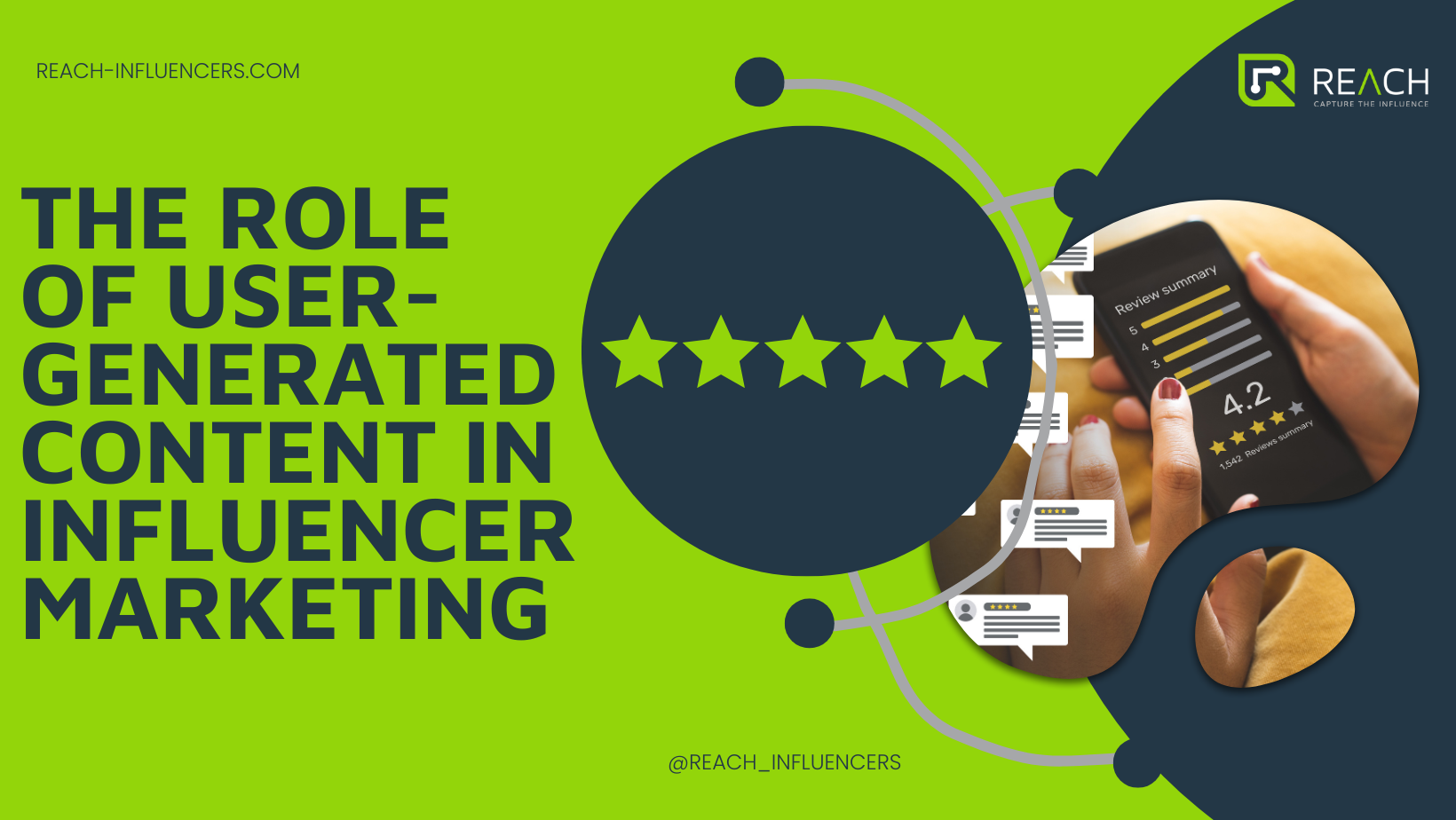In the ever-evolving landscape of digital marketing, influencer marketing has emerged as a game-changer. Brands collaborate with individuals who have a substantial online following, leveraging their influence to promote products or services. However, the incorporation of user-generated content into influencer marketing strategies has taken this approach to new heights.
User-generated content refers to any content created by the audience, including text, images, videos, reviews, and social media posts, that showcase their experiences with a brand’s products or services. This content can be a powerful tool when integrated into influencer marketing campaigns.
The Evolution of Influencer Marketing
In the early days of influencer marketing, brands primarily relied on influencers to create branded content. While this approach was effective, it had limitations. The content produced by influencers often felt scripted and promotional, lacking the authenticity that today’s consumers crave.
Authenticity Matters
- Authentic Content vs. Promotional Content: User-generated content brings authenticity to influencer marketing. It’s organic and reflects real experiences, making it more relatable to the audience.
- Building Trust: Authenticity builds trust. When consumers see real people using and enjoying a product, they are more likely to trust the brand and make a purchase.
- Human Connection: UGC humanizes the brand. It connects the brand with its audience on a personal level, fostering a sense of community.
The Role of User-Generated Content
UGC plays a multifaceted role in influencer marketing, influencing various aspects of a campaign’s success. Let’s delve into its key roles:
1. Enhancing Credibility
User-generated content adds credibility to influencer marketing campaigns. When potential customers see authentic reviews and testimonials from real users, they are more inclined to believe in the product’s effectiveness.
2. Amplifying Reach
UGC has the potential to amplify the reach of influencer marketing. When users share their experiences on social media or review platforms, the content reaches a wider audience beyond the influencer’s followers.
3. Engaging the Audience
Engagement is crucial in influencer marketing. UGC encourages audience participation, as users are more likely to engage with content they can relate to. This interaction further boosts the campaign’s visibility.
4. Fostering Brand Loyalty
When customers see their content featured in a brand’s marketing campaign, it fosters a sense of loyalty. They become brand advocates, strengthening the brand-consumer relationship.
Challenges in Leveraging UGC
While user-generated content offers numerous advantages, it also presents challenges that brands must navigate effectively:
1. Quality Control
Maintaining quality control over UGC can be challenging. Not all user-generated content aligns with a brand’s image or values. Brands need strategies to filter and curate content effectively.
2. Legal Considerations
Using UGC requires careful consideration of copyright and intellectual property rights. Brands must ensure they have the necessary permissions to use user-generated content.
3. Maintaining Consistency
Maintaining consistency across various UGC sources and influencer campaigns can be tricky. Brands need a cohesive strategy to ensure a unified message.
The Future of UGC in Influencer Marketing
As influencer marketing continues to evolve, user-generated content will remain a vital component. The future holds exciting prospects:
1. AI-Powered UGC Analysis
AI tools will aid in analyzing and categorizing UGC, making it easier for brands to identify relevant content for their campaigns.
2. Immersive User Experiences
Brands will leverage UGC to create immersive experiences, allowing customers to virtually interact with products and services.
3. Micro-Influencer Partnerships
Micro-influencers, with smaller but highly engaged audiences, will become key players in UGC-driven influencer marketing.
FAQs
Q: How can brands encourage users to create UGC? A: Brands can run contests, offer incentives, or simply ask customers to share their experiences with the products.
Q: What are the benefits of user-generated video content? A: Video content is highly engaging and can provide in-depth product demonstrations or testimonials.
Q: Is it necessary to compensate users for their UGC? A: Compensation can incentivize users, but some may create UGC voluntarily if they love the product.
Q: How can brands ensure UGC aligns with their brand image? A: Clear guidelines and communication with influencers and users can help maintain brand alignment.
Q: Are there any industries where UGC is more effective? A: UGC can be effective in various industries, but it tends to excel in fashion, beauty, travel, and food.
Q: Can UGC be used in B2B influencer marketing? A: Yes, B2B brands can leverage UGC by showcasing case studies and success stories.
Conclusion
User-generated content has undeniably transformed influencer marketing. Its role in enhancing authenticity, credibility, engagement, and brand loyalty cannot be overstated. While challenges exist, the benefits far outweigh them. As we look to the future, UGC will continue to shape the influencer marketing landscape, providing exciting opportunities for brands to connect with their audiences on a deeper level.
With a platform like Reach you can easily manage and scale your influencer campaigns to get the most out of your budget and time. Sign up today or set up a demo to learn more!



Leave A Comment